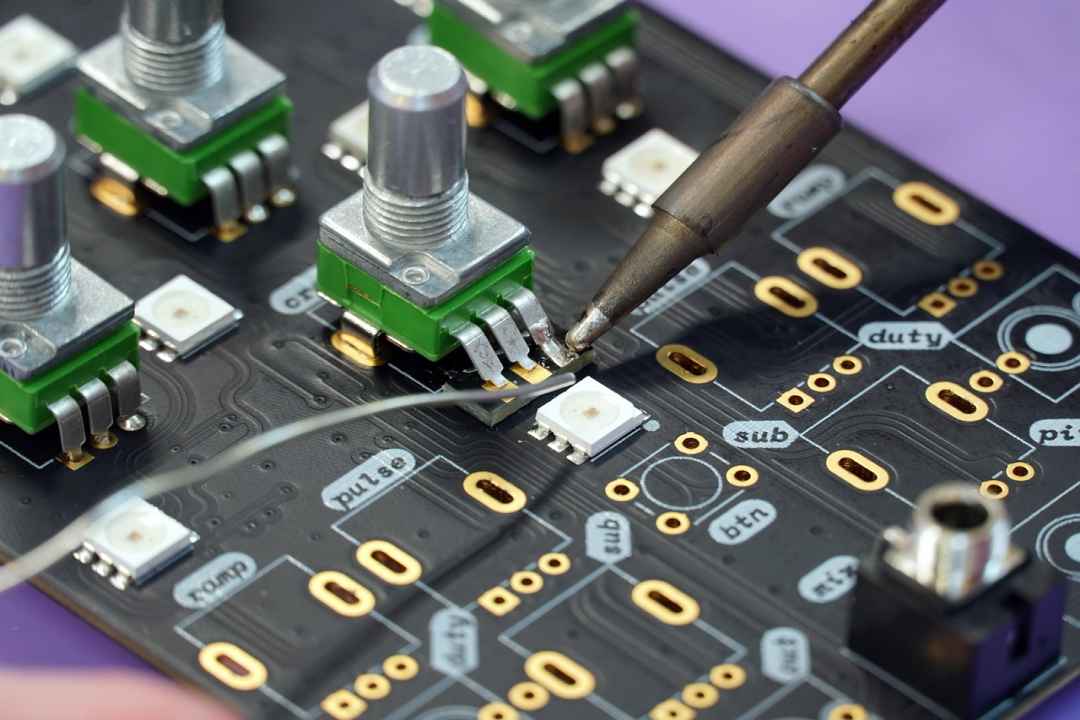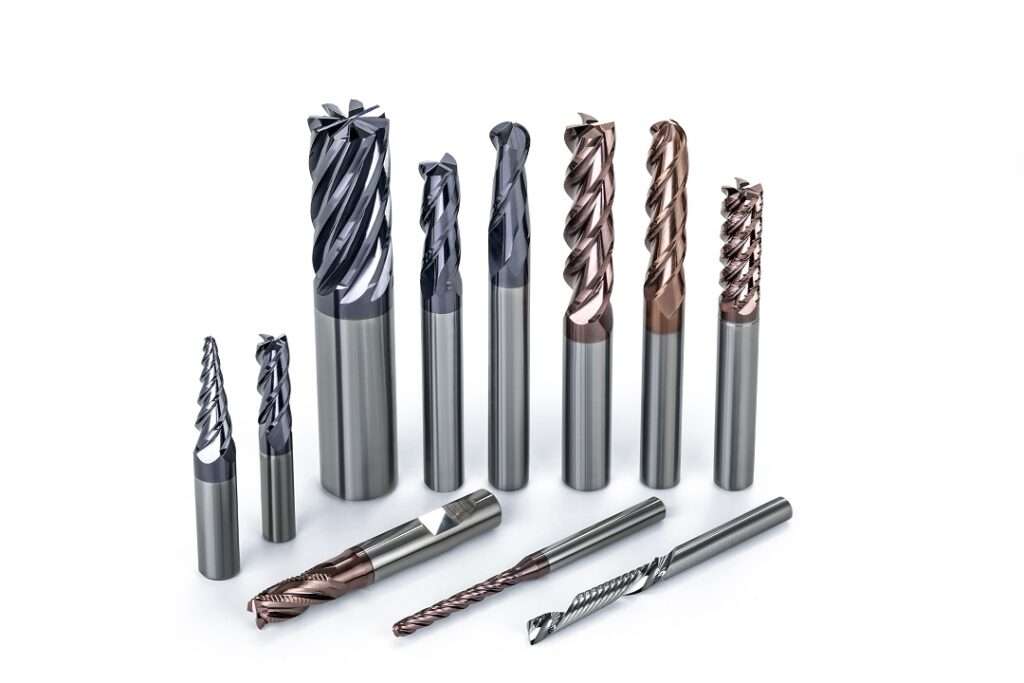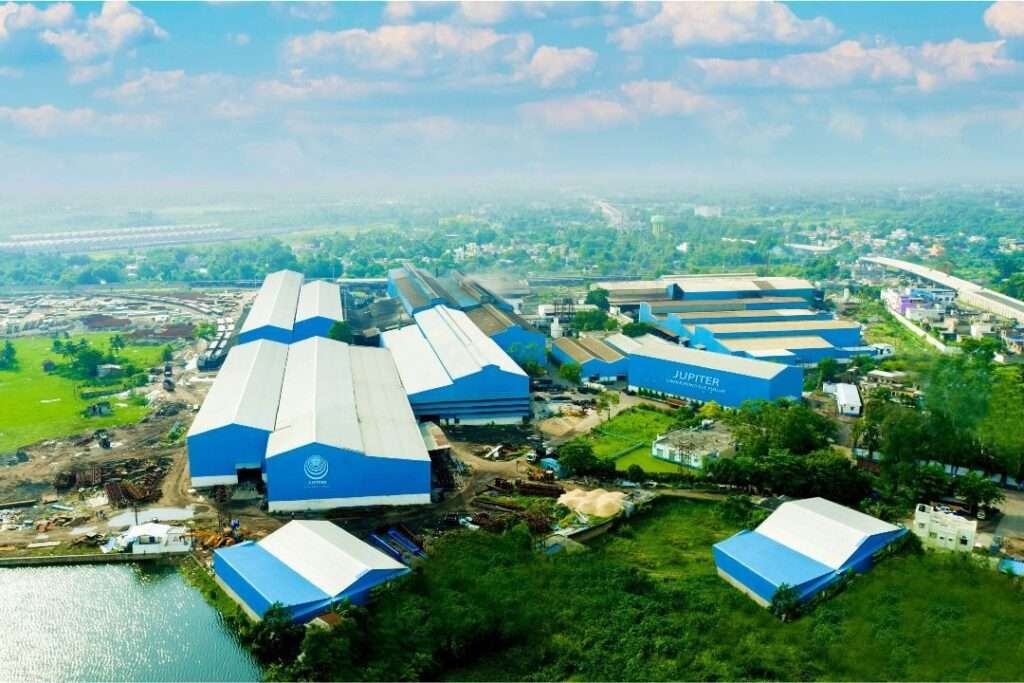The government is reportedly planning to allocate up to INR 40,000 crore for an upcoming electronics component manufacturing initiative, which is anticipated to be introduced later this year. According to a report, the government expects that the successful applicants under this scheme will collectively invest approximately INR 82,000 crore.
The overall value of the electronic components produced by these companies is projected to fall between INR 1.95 lakh crore and INR 2 lakh crore over the duration of the scheme. Out of the proposed INR 40,000 crore allocation, it is expected that around INR 19,800 crore will be set aside for operational expenditure (opex) subsidies, while approximately INR 13,000 crore will be earmarked for capital expenditure (capex) subsidies.
An anonymous official, cited by the same publication, revealed that the remaining funds—nearly INR 12,000 crore—might be distributed as a blend of both capex and opex subsidies, with the specific allocation details to be finalized at a later stage. Earlier, the government informed Parliament that as of June 30, an investment of INR 8,803.14 crore had already been made under the SPECS.
MeitY may implement a three-pronged strategy for offering incentives under this plan, which could be provided as capex subsidies, opex subsidies, or a combination of both. The report indicates that companies involved in the production of non-solder masked passive components, flexible printed circuit board assemblies (PCBAs), and sub-assembly display and camera modules are likely to be eligible only for operational expenditure subsidies.
Conversely, manufacturers of lithium-ion cells for electronics might be limited to receiving capital expenditure subsidies. Additionally, companies producing printed circuit boards (PCBs) with eight or more layers may qualify for both opex and capex subsidies.
Unlike the Production Linked Incentive (PLI) schemes, the focus of this new initiative is to encourage companies to maximize their sourcing from within the country. An official mentioned that in certain components, such as non-solder masked passive components, there is optimism that domestic value addition could reach as high as 65%.
Meanwhile, the PLI scheme for large-scale electronics manufacturing, which offers incentives ranging from 3% to 6% on the incremental sales of electronics manufactured in India over a five-year period, had attracted an investment of INR 8,390 crore by June 30.
This scheme has facilitated the production of electronics worth INR 5,14,960 crore to date. Launched on April 1, 2020, the PLI scheme is designed to stimulate domestic manufacturing and attract investment into the mobile phone value chain, including electronic components and semiconductor packaging.








